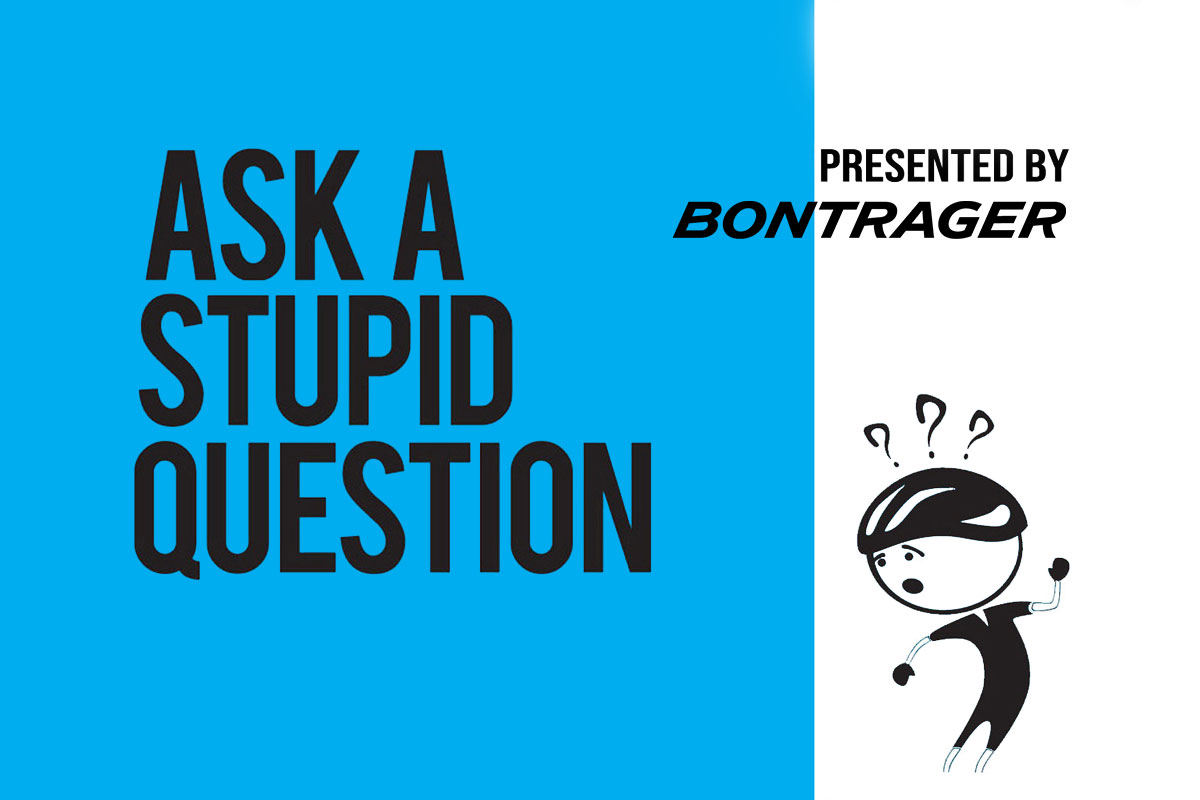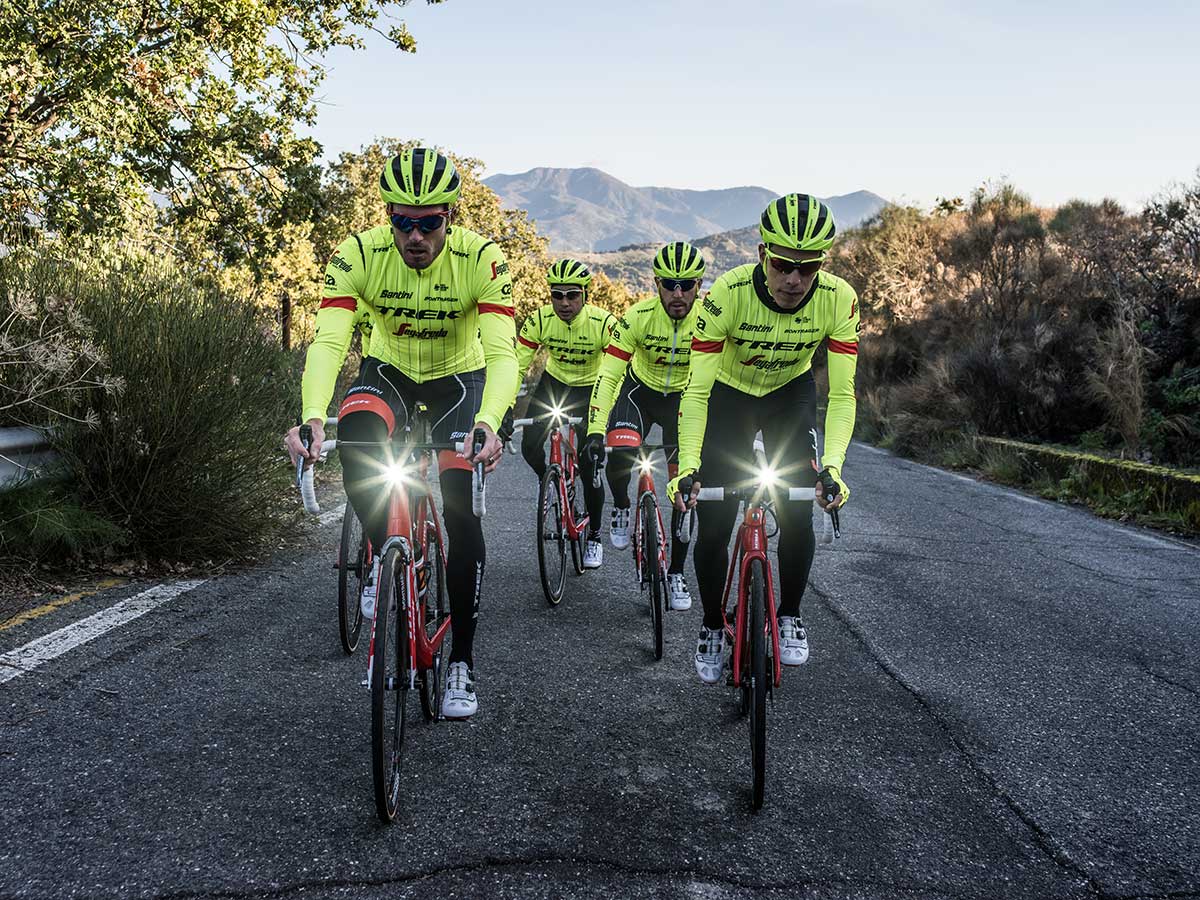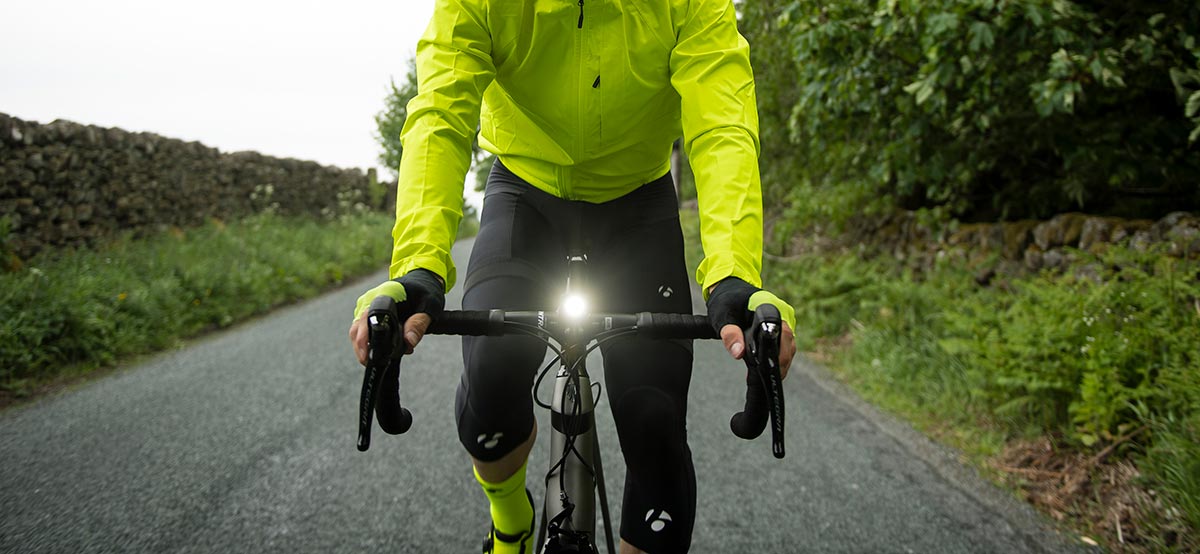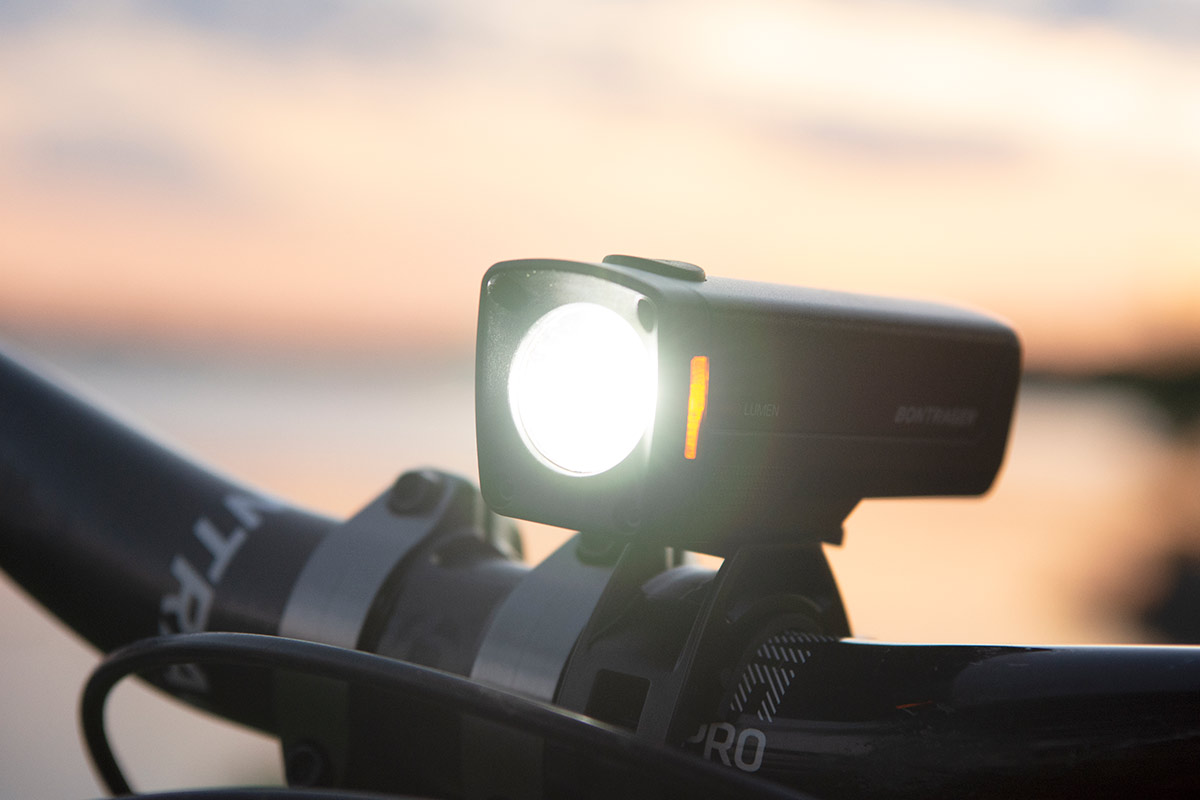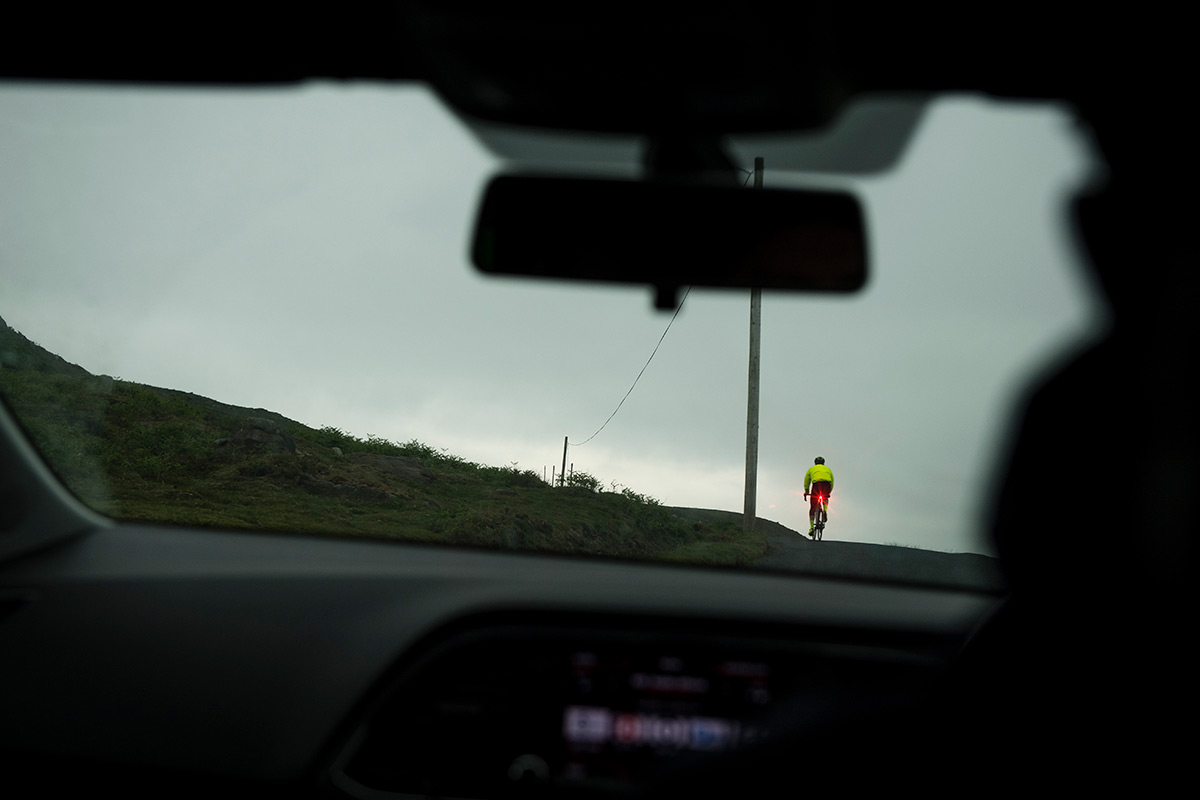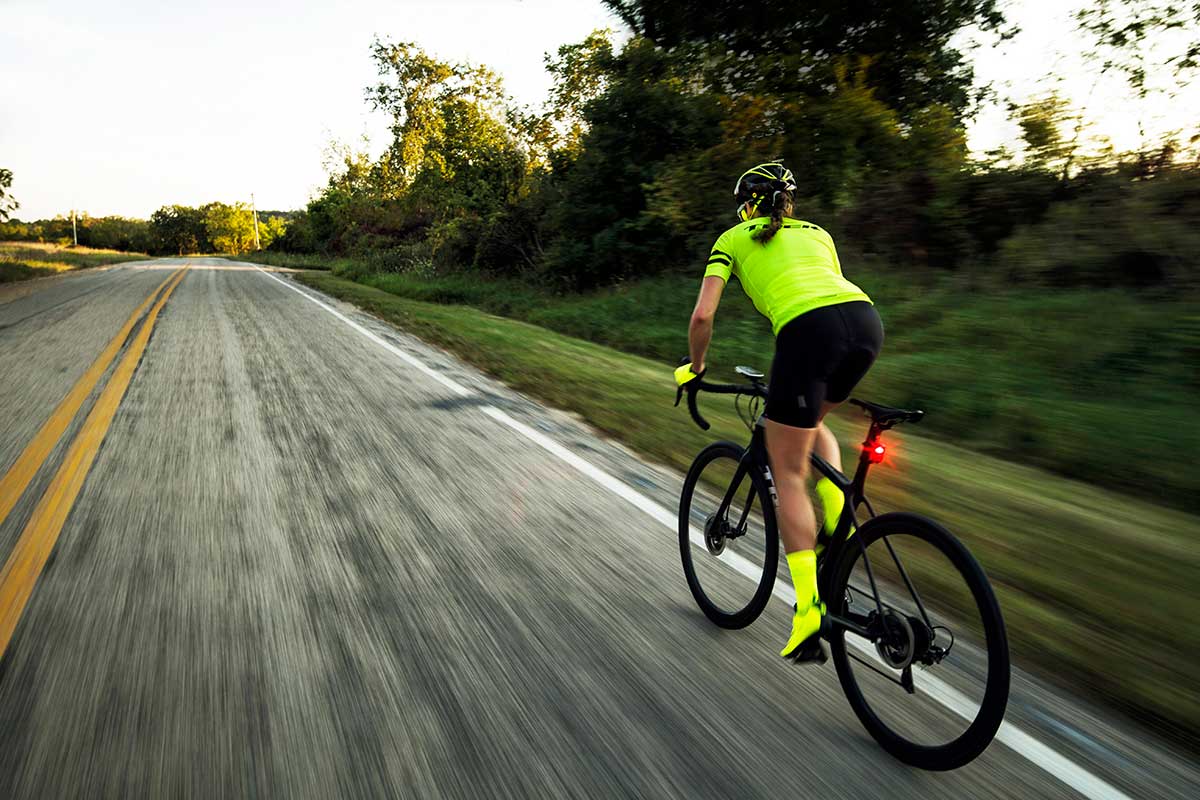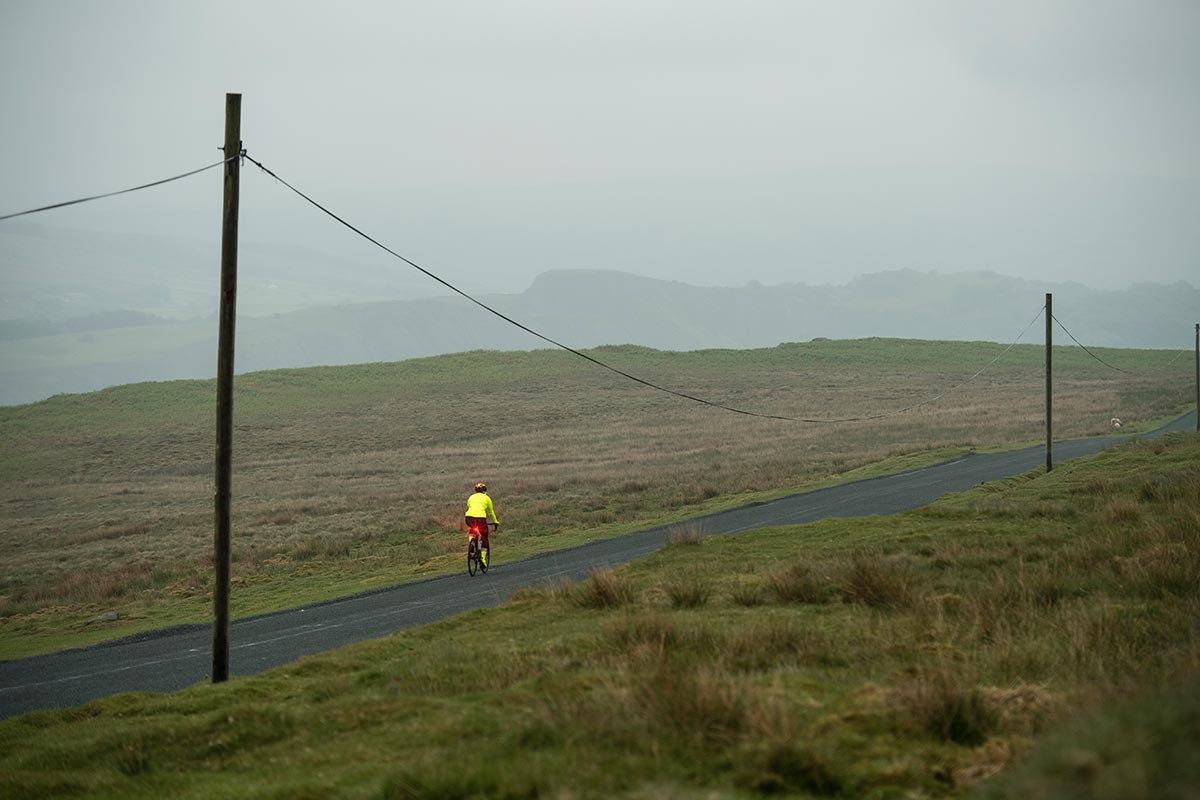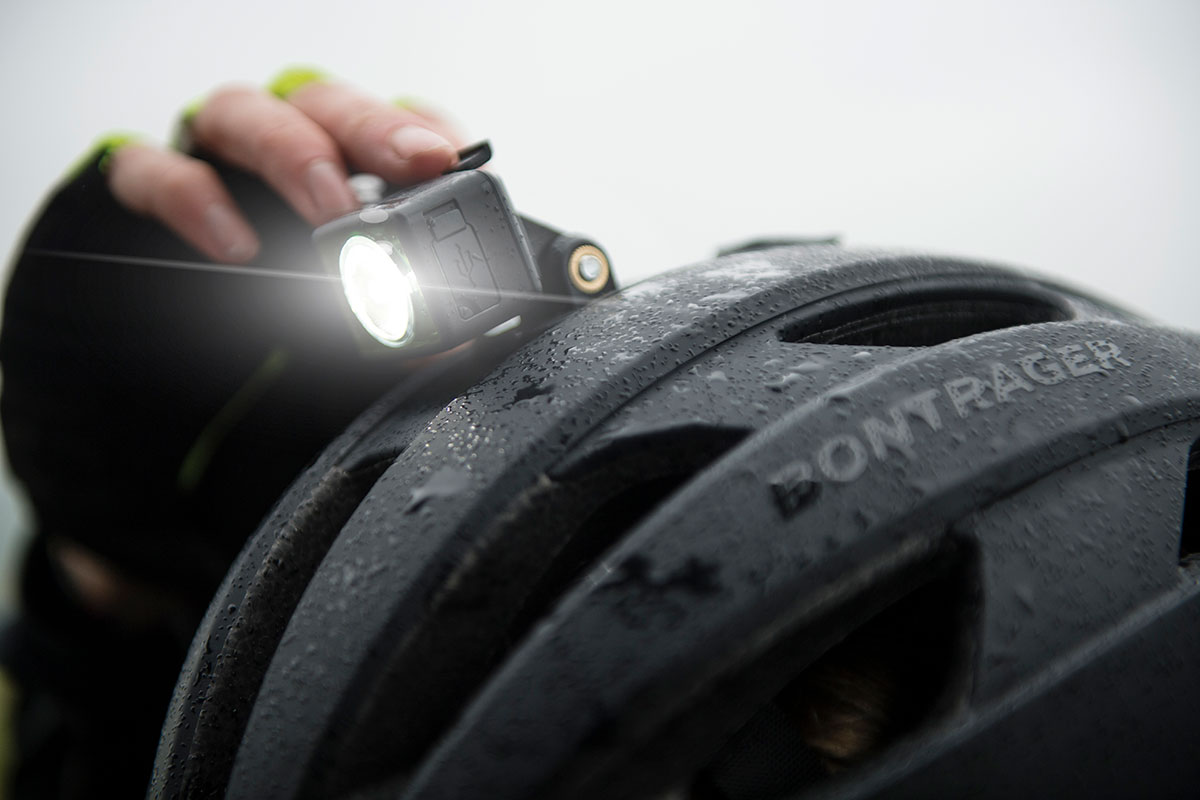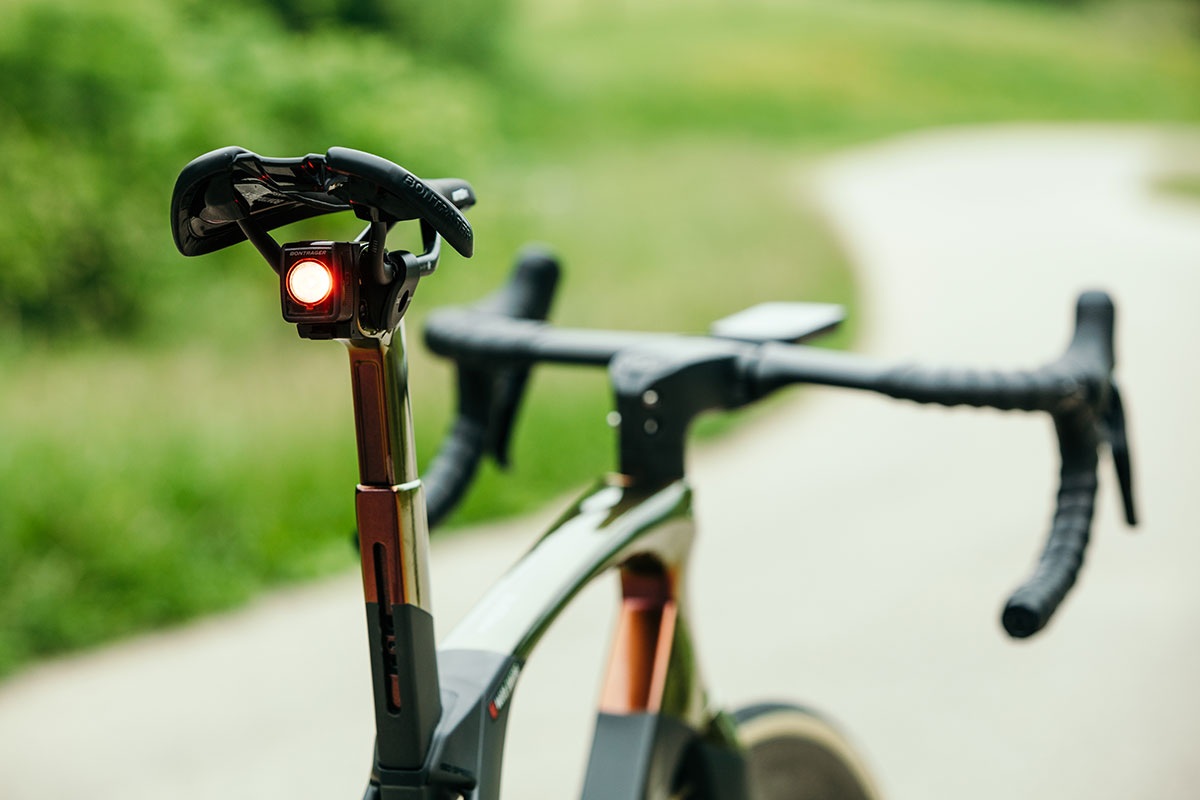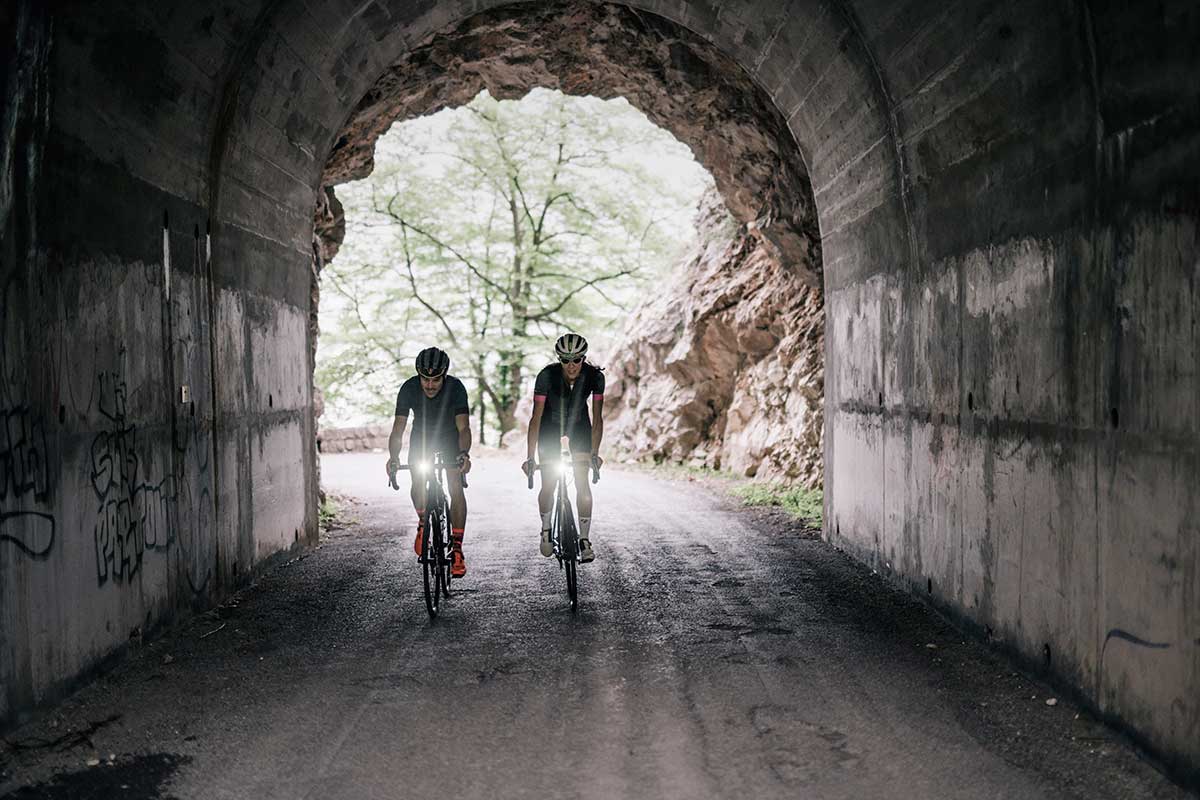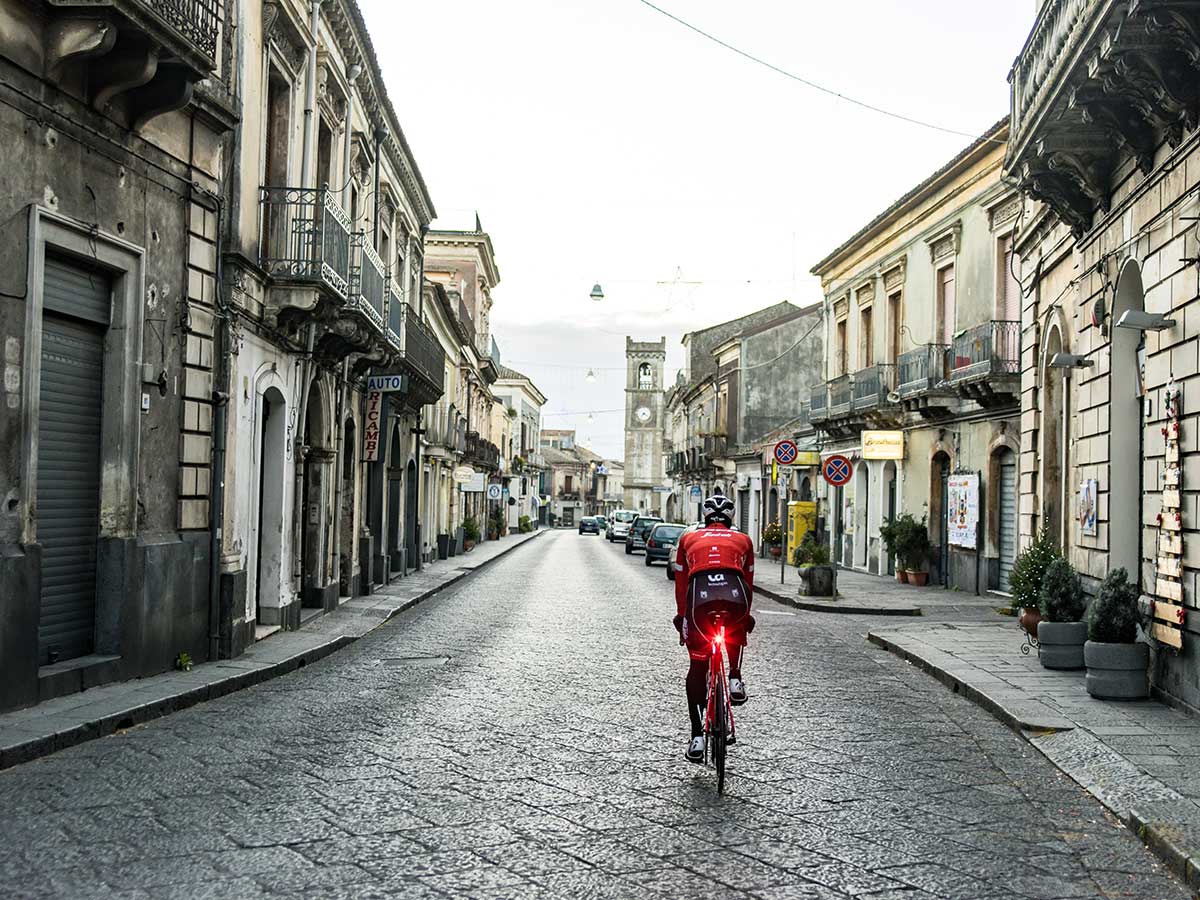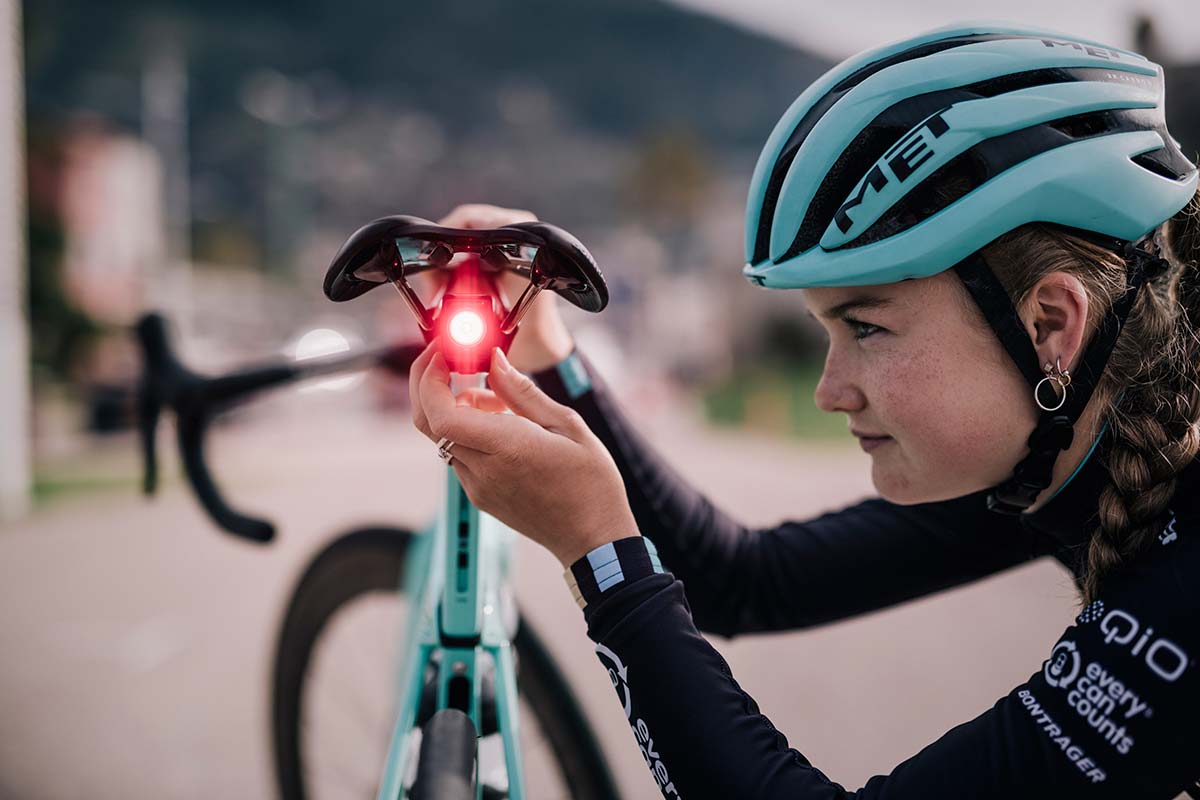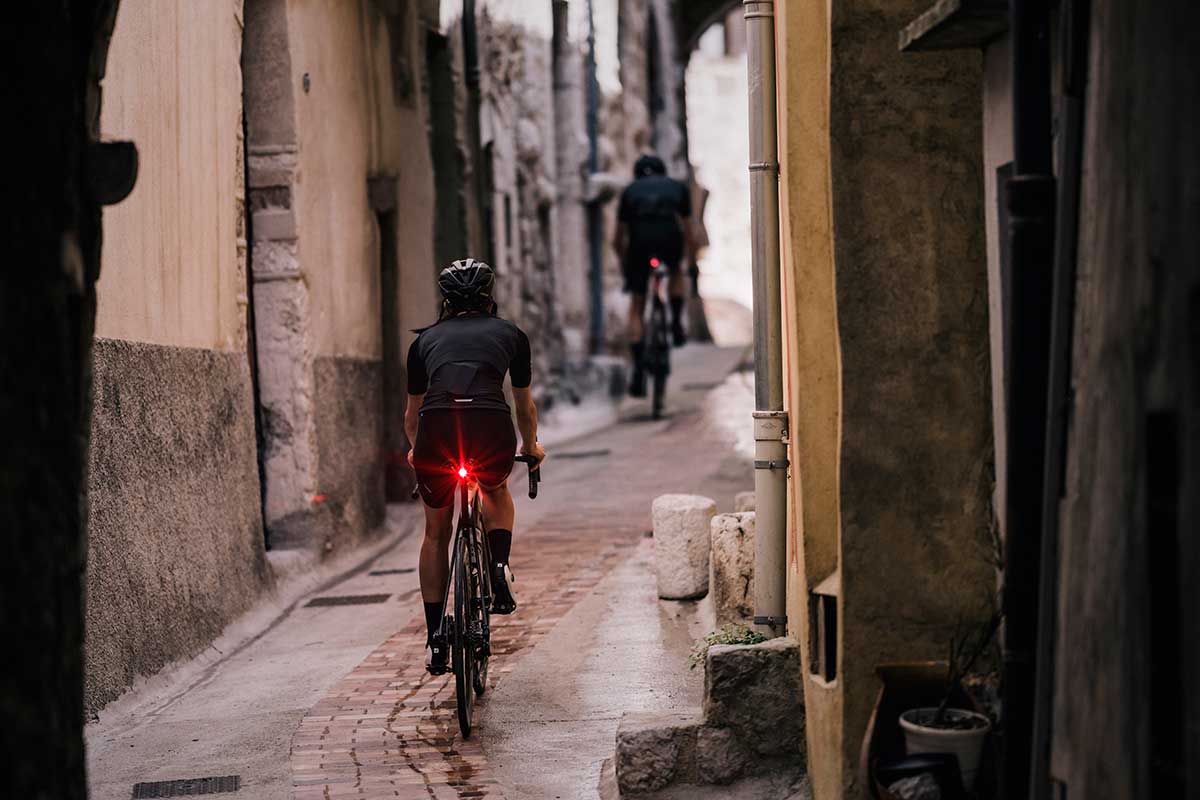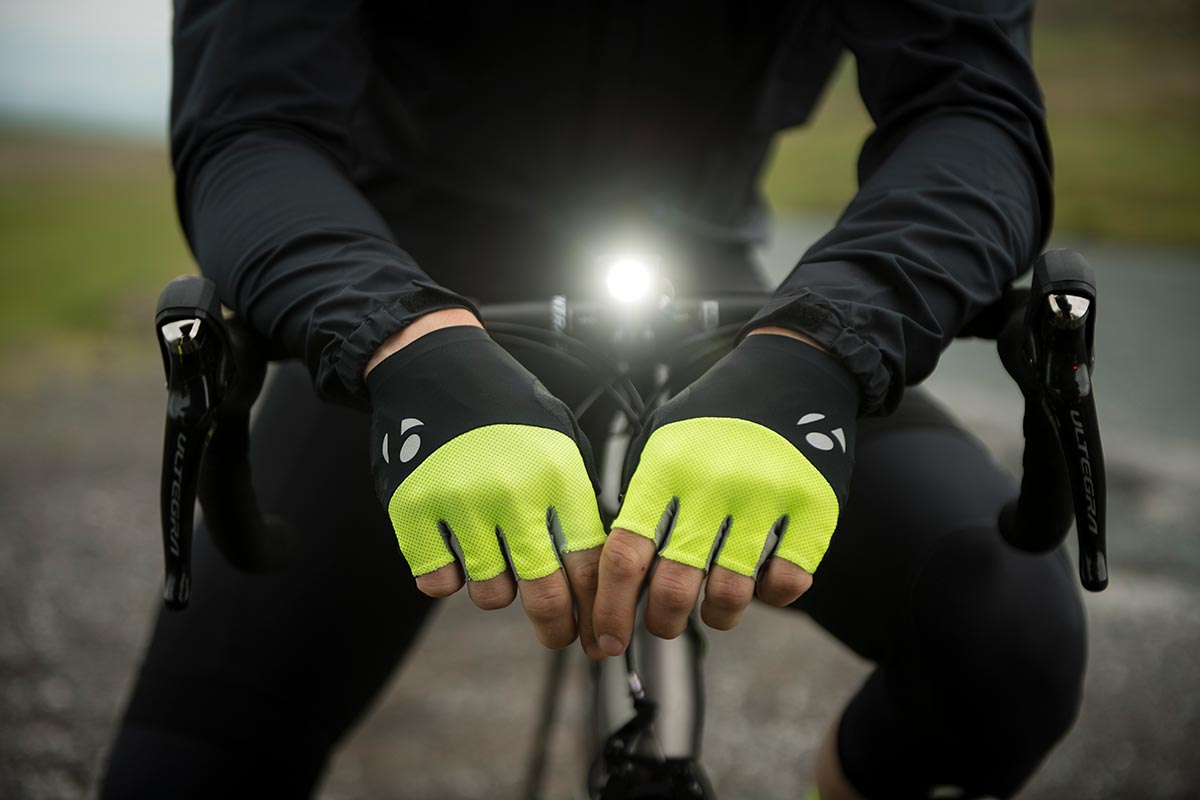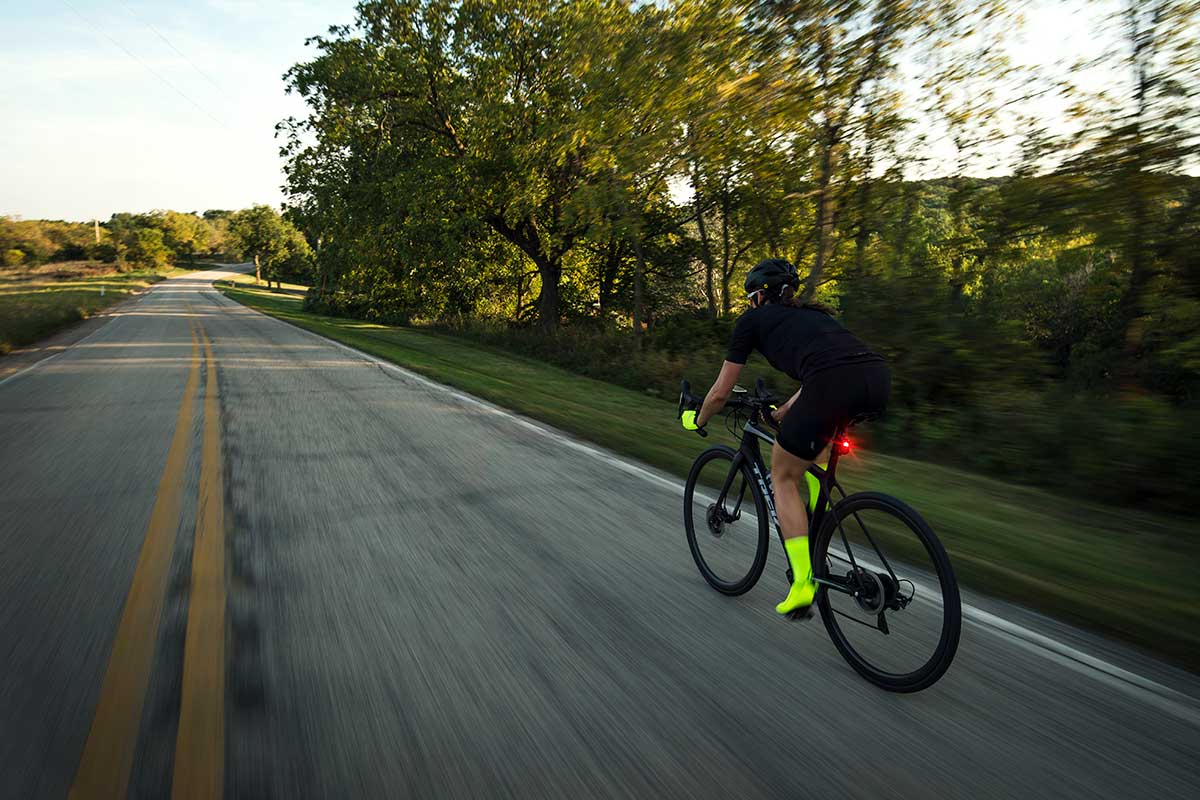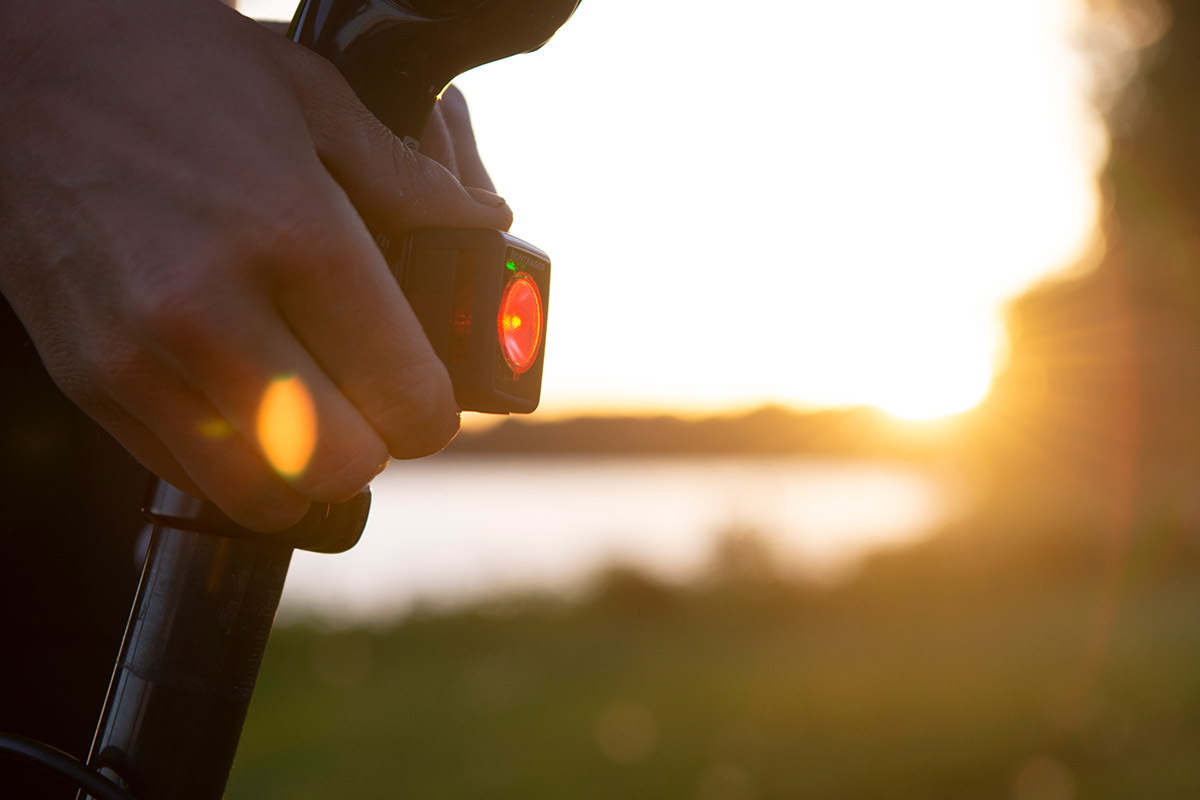We know, there’s no such thing as a stupid question. But there are some questions you might not want to ask your local shop or riding buddies. AASQ is our weekly series where we get to the bottom of your questions – serious or otherwise. This time we grill Bontrager on daytime running lights for cycling! Hit the link at the bottom of the post to submit your own question.
For this week’s Ask A Stupid Question, Alex Applegate from Bontrager joins us to answer your questions on the best use of bicycle daytime running lights. From lumens to colors, to interruptive flashing and optimal mounting, Bontrager covers it all.
Q&A: Best bike light setup for daytime riding
What mode is best for lights? I’ve been told flashing is best for daytime and solid is best for night use. Obviously, a flashing headlight in the dark probably doesn’t help much, but I’ve been told a taillight flashing at night can be distracting for riders behind me. Is this true?
Bontrager: You got it! When the sun is up we recommend a flashing mode designed for use during the day. A Daytime Running Light will have an interruptive flash pattern with key lumen pops designed to stand out during the day and be noticed.
During the night we recommend a steady light. At night the contrast between the bike light and the environment is much greater, thus the light is easier to see. A steady light at night can help place the rider in the environment so the viewer can better understand how far away the light/rider is as well as how fast they are moving.
I have a flashing dazzling rear light and I also use a mirror and I see the cars pass an additional 50-70 cm when I have the light activated. I don’t use a daytime front light, as I can see anything happening in front of me. Would you recommend I get one and why?
That is great! Yeah, we have heard many riders with stories just like yours. More space when riding with a rear flashing daytime running light. We have even heard the same from many of our Pro riders including a great story from 2020 World Champion Mads Pedersen, check it out – here.
We do recommend using a front light as well. If you think about your car and every time you start it up the head lights are always on. Studies show that it works. A compact daytime running light is such a small and easy thing to ride with and in certain situations can really be a huge benefit to your visibility.
Cross traffic, turning vehicles, merging vehicles, there are countless scenarios where drivers are making decisions in real time and the addition of a front daytime running light can help a rider potentially be more visible, and better and more easily noticed.
I hear a lot claiming that flashing lights are not legal, or even attract drivers. Is there truth to that and if so what is the logic to a human being attracted to light? Also, many of the lights on the market are single LED, small points of light, similar to new LED fixtures in cars. Wouldn’t a diffused, longer, or bigger light be beneficial?
Let’s start with the light style. An important thing to note here is that more light isn’t always better. Also, light design is super important in creating an effective daytime running light. A good light will focus the light so that it can be seen from a meaningful distance (range) to not just be seen, but be noticed and safely reacted to.
Bontrager Daytime Running Lights use lensing optics that give focus to the light so it shines where it can be best utilized and can be seen from far enough away for drivers to safely react to.
As for the first part of your question; we did extensive research and testing to determine the best flash pattern, intensity, and color to make a light really stand out. The goal is not just to be seen, but to be noticed by drivers. That is an important distinction. The human brain is trained to see other human beings, and a good light can make a rider not just seen, but noticed. When noticed the rider is recognized, they can be reacted to.
How does Trek measure their claimed visibility range? For instance, Flare is claimed to be visible at xx distance. Under what conditions are these ranges measured? Is this testing method something Trek came up with?
We worked with an independent third-party test lab to develop a repeatable test to measure visible distance. We send all of our lights out to the test lab for independent third-party testing for visibility distance measurements. The test is done on the road under conditions that mimic normal riding conditions. We measure to 2km, and most of our front daytime running lights, as well as the Flare RT rear light are all visible from that 2km distance.
What mode does Bontrager recommend I run the front and rear Flare RT lights during the daytime? And, what kind of runtime can I expect from the batteries when the lights are used in these modes? How much is the battery life affected by temperature?
The Flare RT has both a Day Flash and an all-day Flash setting. Both settings are designed to be visible during the day. Day Flash will last about 6 hours while all-day flash will last about 12 hours. So, if your ride is less than 6 hours Day Flash will give a more powerful 90 Lumen pop in the interruptive flash pattern for ultimate visibility.
If you are going to be out all day, the All Day Flash setting is a better bet. Temperature does affect battery run time, the colder it is the more affected the run time can be.
Is there any evidence that a flashing front light DOESN’T annoy the heck out of drivers coming the other way, or even provide good lighting in front of the cyclist? I always use a constant front light so as not to give myself the impression of riding through a ’90s rave. Flashing rear lights are fine, but they’re just daft on the front.
When riding at night or dusk we recommend riding with a steady light as well. The Day Flash setting is designed for day use.
Do I need a helmet light or is a bright rear light enough? What’s the best frequency of flashing?
Two lights have been shown to be better than one. But, it is important to note how that light is mounted. We recommend mounting a light fixed to your bike’s seat post or saddle, being sure to orient the light so that it shines parallel to the ground and straight back.
A light mounted on the body is more difficult to maintain the best orientation for the light to be as effective as it is designed to be.
An interruptive Flash Pattern designed to be visible during the day is best. Interuptive flash patterns alternate both frequencies and power output to better capture attention. Bontrager Day Flash pattern uses two key frequencies as well as a strong lumen pop to really stand out and get noticed. The pattern was designed from the beginning as a daytime running light and is very effective.
Seeing that the Bontrager models are wearing black, does Bontrager believe that daytime running lights are better at alerting drivers than hi-viz clothing?
Studies have shown the efficacy of riding with a daytime running light. Riding with hi-viz apparel can also help a rider stand out. One thing to note on hi-viz apparel is that it actually takes ultra-violet light from the sun and reflects it in the visible spectrum. So, it reflects more visible light than hits it, pretty cool.
That said, in the dark it looses its benefit. Lights are effective in all conditions and are our first recommendation. If you are going to do one thing to be more visible, use a daytime running light.
What color light is best for making riders visible to other road users during the daytime? Is it different to night time riding?
Red is best, it really stands out from the environment and lets viewers easily place it spatially. There is a reason that cars use red tail and brake lights. During development of our Daytime Running Lights we played with a number of variations on color, landing on the current red light.
Thank you to Alex Applegate from Bontrager for contributing to this week’s Ask A Stupid Question! Got a question of your own? Click here to use the AASQ form to submit questions on any cycling-related topic of your choice, and we’ll get the experts to answer them for you!
Learn more at Bontrager.com
Disclosure: Some of these links are affiliate links that may earn a small commission for Bikerumor if you click on them and buy something. This helps support our work here without costing you anything extra. You can learn more about how we make money here. Thanks!
